Are you an aspiring architect, engineer, or animator looking to breathe life into the characters but falling short of expectations? It isn’t the lack of skills that’s stopping you, you need a powerful laptop for 3D models.
But finding one in this competitive market isn’t easy. You would need a good knowledge and research. From the right GPU to the best-in-class RAM to the appropriate storage solution, you need to tick every box and more to locate an ideal 3D modeling laptop. Sounds like a lot of work, right?
Worry not. I’ve taken it upon myself to help you find an ideal resource. After testing over 16 laptops for designing & rendering 3D models, I’ve handpicked the top 8 performers. I’ve sorted them according to the features, brands, and budget.
So, without further ado, let’s dig in!
System Requirements
| Specification | Minimum | Preferable |
|---|---|---|
| Processor | Quad-Core Intel Core i5 or AMD Ryzen 5 with 2.5GHz Clock Speed | Intel Core i7, AMD Ryzen 7, or Apple M2 with 3.5GHz Clock Speed |
| Graphics | 2GB VRAM, DirectX 12 compatible, e.g., NVIDIA GTX 1050 or AMD Radeon RX 560 | 6GB VRAM or higher, NVIDIA RTX 30/40 or AMD Radeon RX 6800/6900 |
| RAM | 8GB LPDDR4 | 16GB LPDDR5 |
| Storage | 256GB SSD | 1TB SSD or higher |
| Display | 14-inch Full HD VN | 15.6-inch Full HD IPS |
| Battery | Up to 4 hours | Up to 7 hours |
| Connectivity | Wi-Fi 5, USB-A | Bluetooth, Wi-Fi 6/6E, USB-C, USB-A, HDMI |
1. Best Overall: ASUS ProArt StudioBook
Professional 3D modelers, designers, and even game developers often need to work closely with Tinkercad, AutoCAD, Maya, and more to craft ingenious products. And ASUS ProArt StudioBook has to be my top pick.
Thanks to its all-around capabilities. From a high-end Intel Core processor to a massive chunk of RAM, this device can handle multitasking better than the more premium ASUS 2022 Studiobook.
Performance
The ProArt StudioBook is a laptop for the 3D modeling pros, capable of handling Revit, AutoCAD, Blender, Maya, and similar software with ease. The i9-13980HX processor packs 24 cores, which can handle any level of simulation and rendering.
There is the RTX 4060 graphics card that supports accelerated rendering and real-time previews without breaking a sweat, especially if you are running modules like SketchUp and 3DS Max.
I indulged in extensive game development, preparing mods using Autodesk Maya. The CPU-GPU pairing ensured smooth feedback and even the most detailed scenes were rendered without breaking a sweat.
There is 32GB of high-speed RAM that complements the turbo speed limit of the processor — at 5.6GHz. This combo is especially beneficial for handling large scenes and running multiple apps, something I needed help with.
Plus, all your processed scenes and tasks can be stored inside the 1TB SSD, bolstered by NVMe technology and optimized for speed. The ProArt StudioBook is a special device to work from the desk. While the 16-inch 3.2K touch screen is vibrant and responsive, it boasts a minimal response time of 0.2 m for fast renders.
You get real-time ray tracing support and computing optimizing for better scene replications. Another physical enhancement has to be the ASUS dial that lets you access software controls from the home screen.
The sRGB color gamut ensures everything looks perfect visually. I tested the Substance Painter and Designer software for texturing 3D models and the color reproduction exhibited by this device was class-leading.
The device is built like a rock, boasting MIL certification for additional durability. Plus, all the critical connectivity elements are taken care of two Thunderbolt 4, two USB 3.2 ports, HDMI, and more. This means, connecting external monitors is easy.
Battery Life
The 120Hz refresh rate works seamlessly, allowing you to quickly execute tasks related to zooming and rotating. As far as the battery life is concerned, the usual stands at 6 hours but with resources like Blender running in the background, you can expect 3 to 3.5 hours of juice.
Conclusion
ASUS ProArt StudioBook has every feature sorted. However, it is the 13th-gen processor with overclocking headroom and efficient thermal management that sets it apart from other products on the list.
- Unmatched processing power
- Massive RAM
- Robust build quality
- Top-notch visual
- Expensive
- Not the best battery life
2. Best Runner-Up: Lenovo Legion Pro 5i
If you have been eyeing a powerful gaming laptop that can handle 3D modeling, I recommend the Lenovo Legion Pro 5i. Also, compared to the previously reviewed ProArt StudioBook, this one packs 2TB worth of storage space.
Performance & Experience
Legion Pro 5i features the Core i9-13900HX processor, packed with 24 cores and 32 threads. This configuration helped me with tools like Blender, where I completed game-specific texture painting projects without breaking a sweat.
If you are looking for the smoothest possible rendering and modeling phases, the RTX 4070 graphics card works better than ProArt’s 4060, helping with better visualization and real-time rendering. And if you are planning to use tools like Cinema 4D and 3DS Max, this configuration is like a dream come true.
I tried creating animated characters based on the Cocomelon theme using Cinema 4D, and the processing configuration of this laptop didn’t disappoint.
Lenovo makes way for 32GB RAM, which offers ample multitasking bandwidth. Plus, the 1TB storage space is essential for storing large files associated with modules like the ZBrush and SketchUp.
The 16-inch screen boasts a gamer-friendly refresh rate of 165Hz. This way, you can expect smooth motion and further fine-tune the models and the associated textures. Also, the device features excellent sunlight visibility, allowing you to take the work outdoors, something that helped me take my gigs mobile.
Connectivity & Battery Life
In case you prefer sitting at the desk with multiple devices connected, there are several connectivity options — HDMI, Type-C, Type-A, and more. I didn’t like the lack of Thunderbolt 4 as this kind of restricts high-speed data transfers.
This device also features the Lenovo AI Engine+ to optimize performance further. I noticed that it works in the backend and can run the device hot. And when tested with resources like Maya, I could even get 4+ hours of battery backup.
Conclusion
Overall, Lenovo Legion Pro 5i throws in several powerful features, but what stands out is the storage support, which is already beefed up and even upgradable, keeping all your 3D modeling needs in mind.
- Color-accurate screen
- Powerful processing setup
- Backlit keyboard
- Massive storage space
- DDR5 RAM module
- Premium price
- Lacks a Thunderbolt port
3. Best with AMD CPU: Razer Blade 14
Enough of those Intel powerhouses for 3D modeling? If you prefer powerful AMD processors and compact form factors, the Razer Blade 14 might just be the right PC for you. When compared to the Legion Pro 5i from Lenovo, the Blade 14 boasts a better cooling solution, which can come in handy if you mostly work outside.
Performance & Experience
The Blade 14 boasts the powerful Ryzen 9 6900HX as the processor, capable of going all the way up to 4.9GHz if needed. The higher clock speed can be useful for faster 3D rendering and modeling.
For simulations and enhanced rendering performances, there are 8 CPU works in play. The RTX 3070 Ti processor can aid in real-time graphics processing.
Here is what my usage experience felt like:
I tested the Blade 14 for fashion and apparel designing, with a focus on creating digital showcases and visualization. The CPU-GPU ensured that software like CLO 3D and Marvelous Designer returned realistic simulations associated with clothing.
For large, active projects and accessory designs, the 16GB DDR5 RAM module came in handy. This feature clubbed with the processor, can handle the most complex models with ease. Storage-wise, there is a 1TB ultra-fast SSD in play.
The Razer Blade 14 boasts a 14-inch IPS panel, which is adequately bright. What stands out though, is the excellent 165Hz refresh rate, ensuring the smoothest possible output experiences during rendering and modeling.
As I prepared digital showcases and modeling presentations, the transitions, courtesy of the responsive screen, felt smoother than usual.
Connectivity & Battery Life
Razer boasts an aluminum-clad form factor and a decent collection of ports — HDMI, Type-C, and more. And even though you can connect external monitors with the mentioned configuration, the Blade 14 does come with a great screen, provided you are fine with a smaller real estate.
The Vapor Cooling technology is a game-changer. Despite using the laptop nonstop for three hours, there was no overheating at all. Plus, the 5+ hours of battery life deserve a special mention. However, the same dropped to 4 hours when I had more than ten tabs open.
Conclusion
All in all, the Razer Blade 14 makes it to the list courtesy of the cost-effective AMD processor and a top-notch cooling setup, which is a must for heavy-duty tasks.
- Powerful AMD CPU
- Thin and portable
- Powerful processor
- Smooth display
- Excellent thermal management
- RAM allotment runs a tad short
- Not the biggest display around
4. Best Battery Life: Apple MacBook Pro
Apple MacBook M2 Pro is arguably the best MacBook around for hardcore 3D designers, modelers, and professionals, led by an ultra-powerful proprietary processor.
Even though the ThinkPad P16s from Lenovo packs a whopping 48GB of RAM, Apple 16GB can match up to it, any day and every day, especially if you want help handling complex multitasking needs and 3D models.
Performance & Experience
At its core, the Apple features the M2 Pro chip, which boasts 12 cores and a max clock speed limit of 3.7GHz. Powered by the 16-core neural engine, this CPU can handle any kind of simulation and rendering-specific task without flinching.
The processor features a 19-core built-in GPU for speeding up every kind of graphics-intensive task. I tested Wings 3D and Modo on this device, as they usually respond well to the Mac ecosystem. From detailed sculptures to layered painting jobs in 3D, every Modo-specific process was handled easily.
The model I reviewed packed 16GB of unified memory, supporting scene creations, 3D model manipulations, and other tasks. While testing Modo, which also comes with a physical renderer, there were no lags in sight despite having 10+ Safari tabs open.
And for the $2000 price tag, you get a 512GB SSD module to store data sets, which isn’t a lot but gets the job done.
The 16.2-inch screen is bright and promises crisp visuals. The color accuracy is top-notch, ensuring the best possible results related to lighting and texturing tasks. The screen also boasts 1000 nits of brightness, resulting in the best possible outdoor experience.
Overall, I found the Retina display to be highly useful for spotting the finest of modeling details.
Connectivity & Battery Life
As for the ports, you get access to Thunderbolt 4, MagSafe charging port, HDMI, and other slots for maximizing productivity. This professionally inclined MacBook also features a host of essential traits, including the fingerprint reader as the Touch ID. This feature comes in handy if you wish to secure your work.
Plus, it promises 22 hours of battery backup, which is a rare sight in 3D modeling laptops. However, I stretched the limits and could still gank out 15 hours of juice.
Conclusion
The MacBook Pro is a different kind of beast, packing a proprietary setup for handling most high-end 3D modeling needs. However, if I were to pick one trait to include on the list, the battery life would take centre stage.
- Powerful processor
- Brilliant screen
- Aluminum-clad form factor
- Excellent battery life
- High-end port setup
- Underwhelming storage
- Pricey
5. Best Gaming Laptop: Acer Predator Triton
If you thought that the Razer Blade 14’s cooling tech was best-in-class, you seriously need to consider the Predator Triton from Acer. At under $1800, this device doesn’t just beat the cooling performance of Blade 14 but packs a bigger screen as well.
Performance & Experience
Powering this masterpiece is the i7-13700H processor, which overpowers any AMD Ryzen 7 processor. Paired with the RTX 4070 GPU, it can easily handle some of the most advanced 3D modeling resources like the 3ds Max, Blender, and more.
While testing, I specifically subjected it to advertising and marketing gigs, using tools like Blender and Cinema 4D. From preparing 3D materials to product demos, the processor and the complementing graphics card outperformed without lags.
I believe that for analyzing real-time viewport previews to handling the most complex scenes, the GPU-CPU combo is more than enough.
However, the 16GB RAM, despite being decent enough, can be the limiting factor. You might need 32GB laptops if you are a professional. I did run into some issues and had to close other background apps while handling large renders.
The 1TB storage isn’t the most ideal feature in regards to storage but it can certainly handle most apps and data sets for you.
The 16-inch display is great to look at. The IPS panel, followed by the WQXGA resolution, makes life easier for any professional. For me, the viewing angles stood out more than the high resolution, more so as I primarily work outdoors.
I was literally and figuratively blown away by the AeroBlade 3D cooling technology. Plus, the NVIDIA Optimus technology, which switches between the dedicated GPU and integrated GPU depending on usage, helps the cooling setup perform better.
Connectivity & Battery Life
Acer features the Type-C, Thunderbolt 4, HDMI, DisplayPort, and everything else you can think of. Also, if you prefer customized laptops, the Predator Sense technology lets you add colors to the entire setup. But then, this might cater better to the gamer-turned-3D modeler.
The battery lasted me 5+ hours despite the grunt. But for you, it might vary as the juice depends on several other factors like the work environment, usage, and more.
Conclusion
Acer Predator Triton can be a great pick if you are an architect or a student learning the ropes of 3D modeling. While the processing setup is commendable, its cooling tech, superior airflow, and the availability of liquid thermal grease ensure it has a permanent place on our list.
- Powerful cooling setup
- 13th gen processor
- Top-notch GPU
- Decent battery life
- Thunderbolt support
- Heavy
6. Best with 17-inch Large Screen: MSI Katana 17
If you prefer larger screens, either as a professional or a student, there isn’t a better device than the MSI Katana 17. It excels not just in screen size but packs double the RAM as compared to the Predator Triton.
Performance & Experience
With the Core i7-13620H in play, MSI can power through some of the more complex tasks with ease. There are ten cores in play, which, along with RTX 4060, can handle every sort of rendering and modeling requirement without breaking a sweat.
I tested the laptop with SketchUp and Rhino and the performances were adequately smooth. I also tested pre-made models on this laptop and used the resources for more complex tasks like detailing, landscaping, and setting up different camera angles.
Everything felt smooth, end-to-end from adding vegetation to the environment to grouping components and eventually rendering the output.
Unlike the mid-range picks, the Katana 17 packs 32GB of RAM, meant for the heaviest possible scenes. I even opened multiple tabs to annotate and document renders without any lag. There is a 1TB SSD for storing data sets and ensuring the fastest possible bootup experiences.
The 17.3-inch screen stands out. The 1080p screen boasts a 144Hz refresh rate, meant for the smoothest possible output. It comes in handy as I always wanted to keep two tabs open on the home screen to analyze renders and simulations simultaneously.
Adding to the overall visual experience is the availability of tensor cores and Ray tracing cores, associated with the powerful RTX processor.
Connectivity & Battery Life
MSI throws in the entire gamut, comprising HDMI, Type-C, Type-A, and more. But with such a big screen around, you might not even need external monitors.
The Katana 17 keeps overheating at bay, all thanks to the Cooler Boost 5 technology. There are two fans and six heat pipes for the best possible heat dissipation. Plus, you get access to the NVIDIA Encoder for a more optimized visual performance.
Conclusion
MSI Katana has the best display among all the laptops aimed at 3D modeling, when screen size is concerned. Plus, it even throws in 32GB of RAM to help you handle the heights of multitasking.
- 13th gen processor
- A sizable chunk of RAM
- High-end GPU
- Excellent cooling support
- Underwhelming storage
- Lacks a Thunderbolt port
7. Best Workstation: Lenovo ThinkPad P16s
If you want a professional-grade workstation for your 3D modeling projects, Lenovo ThinkPad P16s is your best bet. Compared to the Katana from MSI, this laptop packs 48GB of RAM, ensuring every scene or task is handled like a walk in the park.
Read on to learn how I took up some of the most complex projects just to validate the potential of this professional laptop.
Performance & Experience
ThinkPad P16s has a pretty robust CPU-GPU configuration. For starters, it features the i7-1260P processor, packing 12 cores and a turbo boost limit of up to 4.7GHz. This configuration is enough on its own for running the likes of Maya and Blender.
The Quadro T550 is the featured GPU, packing ECC support, and 1024 cores for seamlessly handling complex modeling and rendering tasks.
I used the combo to undertake a host of AR and VR-specific modeling tasks, using Blender as my primary resource. From creating object and character geometry to adding stylized effects and realism, there were zero lags experienced.
There is 48GB of high-speed RAM for the multitasking brilliance, followed by a 2TB SSD module with NVMe support. The RAM module allowed me to set up better rendering and lighting effects without hindrances.
The storage unit included additional Blender-compatible plugins like Mizer and Mixamo for seamless and quick character animation.
The ThinkPad P16s features a large, 16-inch 1080p screen. If you are a workaholic, the anti-glare screen is a great addition. And despite being a professional-grade laptop, the viewing angles and screen responsiveness were top-of-the-line.
The ThinkPad P16s brings several utilitarian features into the mix, including a spill-resistant keyboard, a usable TrackPoint for easy task handling, and a military-grade form factor.
Despite being all plastic with metallic accents, the ThinkPad P16s weighs less than 4 pounds, making it one of the better devices to carry around for work. As I travel quite a lot for work, the size and weight felt absolutely right.
Other relevant specs include various connectivity options, including Thunderbolt 4 support, HDMI, DisplayPort, and more.
Conclusion
While there are several fancy, commercial laptops around, the ThinkPad P16s from Lenovo is the most dependable one, courtesy of a workstation-grade processing setup.
- Powerful processor
- Enterprise-grade GPU
- 48GB RAM
- A sizable storage module
- Basic display
- Dated design
8. Best Budget Laptop: HP Victus 15
Are you an engineering student with a low budget yet don’t want to compromise on a laptop? Take a look at the HP Victus 15, which packs an RTX 20-series GPU and 16GB of RAM — the most powerful configuration you can get for under $700.
Performance & Experience
While testing, I didn’t have a lot of expectations from this laptop. That is exactly why I tested the same with 3D Slash and Tinkercad to start with. From general modeling to standard game-based designs, the output was exemplary. And the reason was the processing setup.
The Victus 15 makes way for an AMD Ryzen 5 processor, capable of reaching max boosted clock speeds of up to 4.55 GHz.
Plus, there are six cores and 12 threads in play, which can help you achieve top-level performance, even with intermediate-level software modules like ZBrush, Rhino, Fusion 360, and more. You even get the RTX 2050 GPU with 4GB of dedicated VRAM for the smoothest possible rendering experience.
You get 16GB of DDR5 RAM, which can handle CAD-specific tasks, complex scenes, and demanding simulations with ease. HP packs a 1TB SSD for storing complex models and the done-up renders.
Personally, this might not be the most loaded laptop, but it can still be more than adequate for hobbyists and educators.
The HP Victus 15 features a 1080p display with anti-glare support. The 144Hz refresh rate ensures smooth textures and a better visual experience while using controls like rotating, zooming, and more.
The design also looks premium despite the budget price tag. Plus, the processing setup also boasts 16MB of cache support to help you load most apps and resources with minimal effort. For this price, I wasn’t expecting more.
Connectivity & Battery Life
As for port support, you get Type-A, Type-C, HDMI, and other inclusions. I tested the setup with a 4K external monitor, and there were no stutters at all. The battery life is average at 4 hours, per my experience,
Conclusion
HP Victus 15 is affordable. However, what stands out is the availability of a 6-core powerful processor for a sub-$700 price tag, followed by a backlit keyboard and ray tracing functionality.
I was especially pleased by how well this device handled lighting simulations, shadows, and light interactions, processes useful for entry-level film production and architecture.
- Bright screen
- A sizable chunk of RAM
- Competitive Pricing
- Powerful processor
- Solid graphics
- Average battery
Frequently Asked Questions
For 3D modeling, you might want to go for anything between 16GB to 32 GB. While 16GB is often good enough for intermediate-level tasks, 32GB is necessary if you are a professional and looking to handle complex scenes and renders.
Any GPU with a large number of CUDA cores followed by a sizable chunk of VRAM can be useful. Also, you need to prioritize GPUs with high memory bandwidth for robust rendering performances and real-time visualization.
The CPU can handle complex calculations for rendering models. Plus, for scene updates and fluid dynamics associated with simulations, a powerful CPU is necessary.
Wrap Up!
3D modeling is a complex field, and you need a powerful laptop to handle the same. And even though the ones that I reviewed can help you with that, here is a quick, curated list to help you take a call in less time:
- If you seek a professional-grade laptop with workstation-specific processing tools, the Lenovo ThinkPad P16s is the right option.
- For a well-rounded specs sheet — a powerful processor, top-of-the-line GPU, and a sizable chunk of RAM, the ASUS ProArt SudioBook is the right device to pick.
- Finally, if you prefer MacOS over Windows, the MacBook Pro with the M2 Pro chip is the best money can buy.
While these are some of my handpicked choices, you can always go through the individual reviews and pick the device that best aligns with your budget, skill sets, and professional requirements.
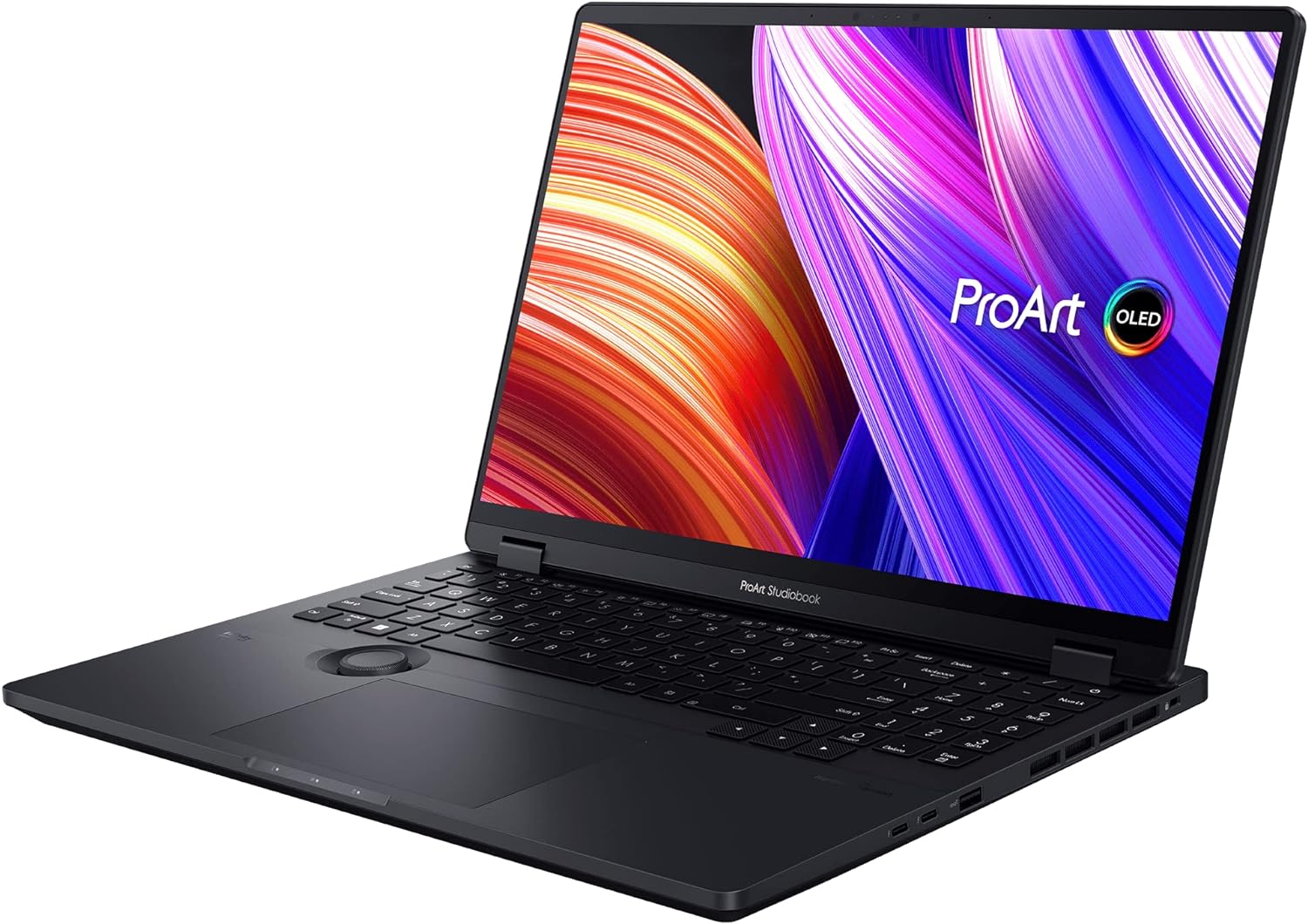
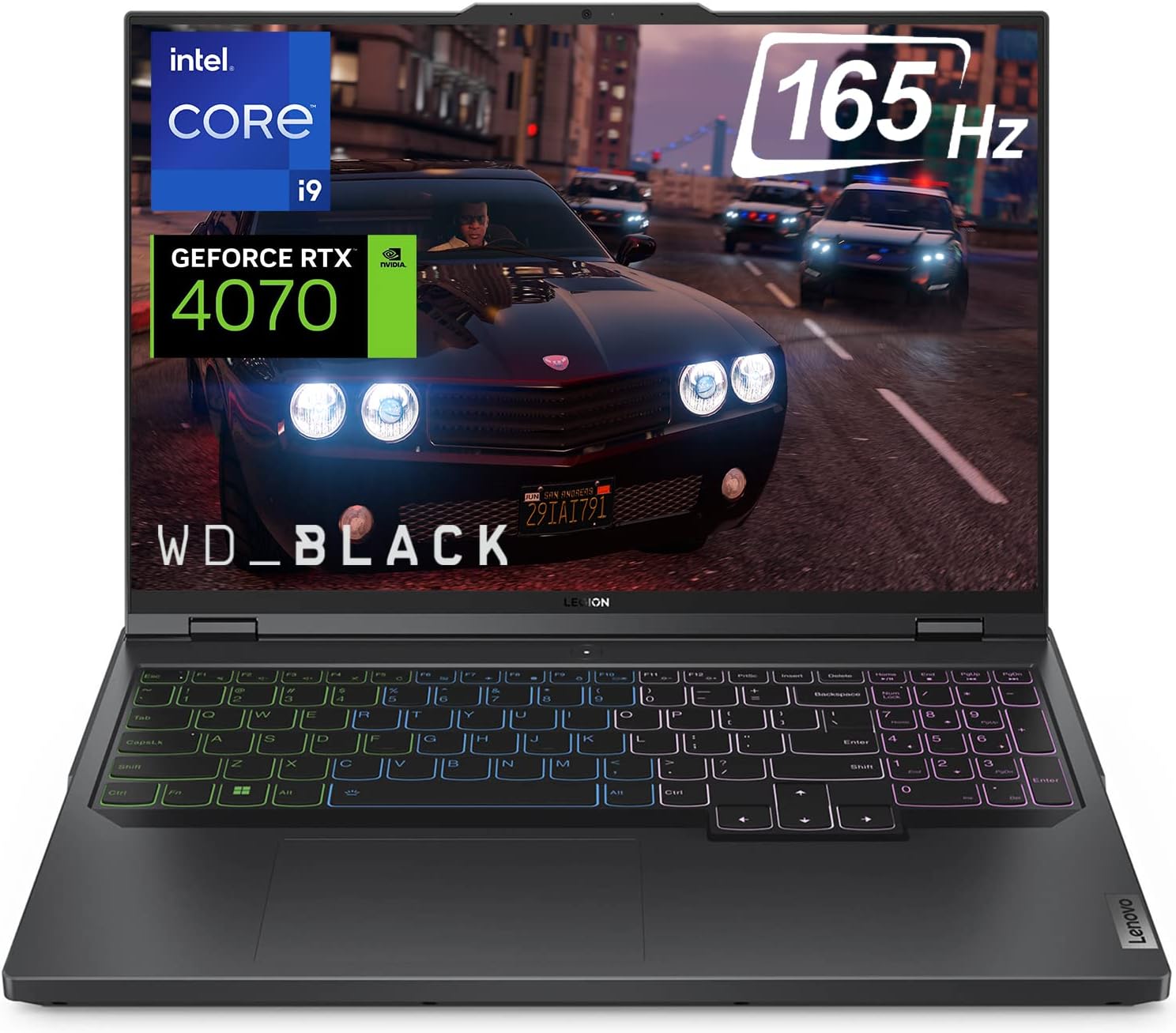
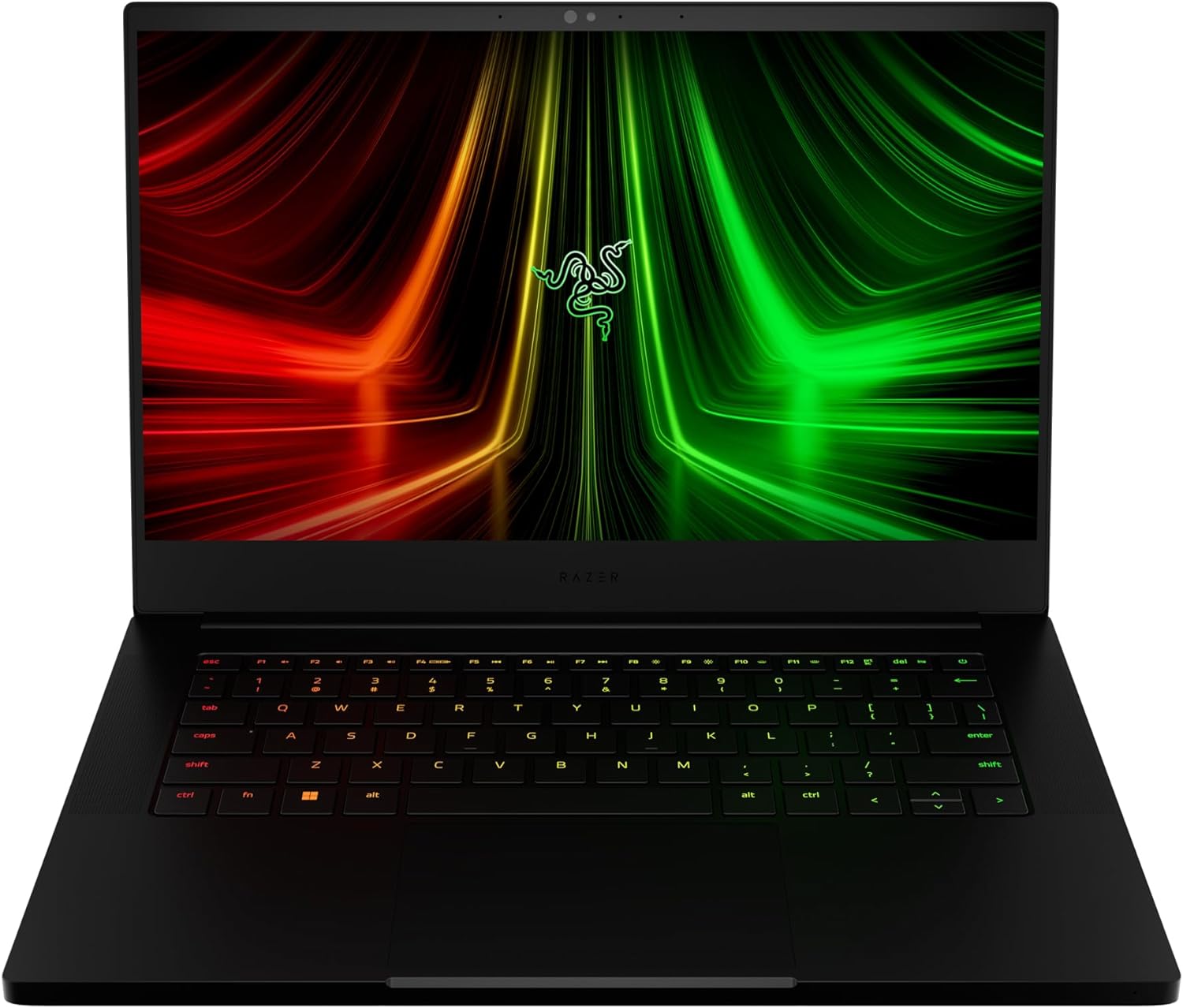
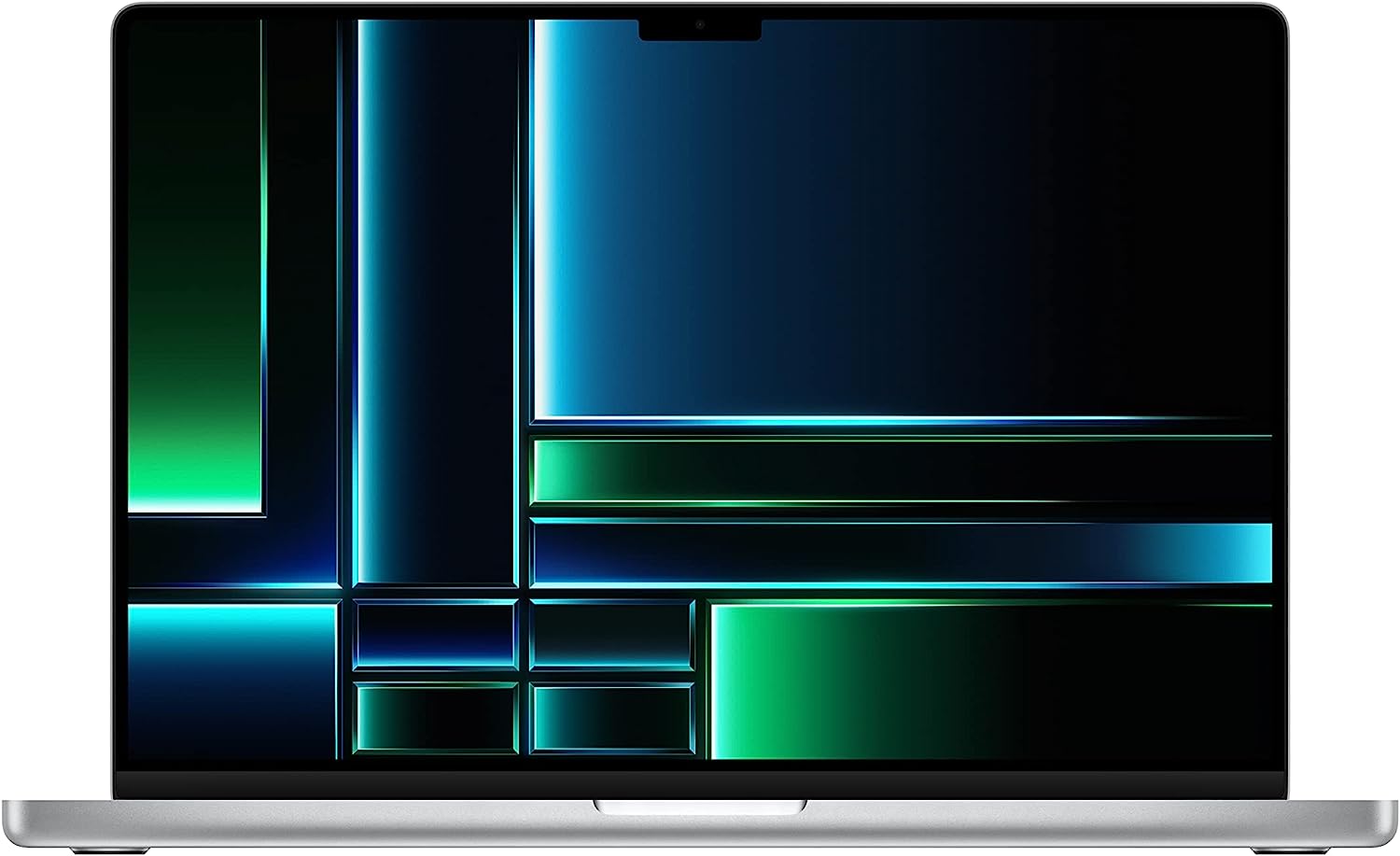
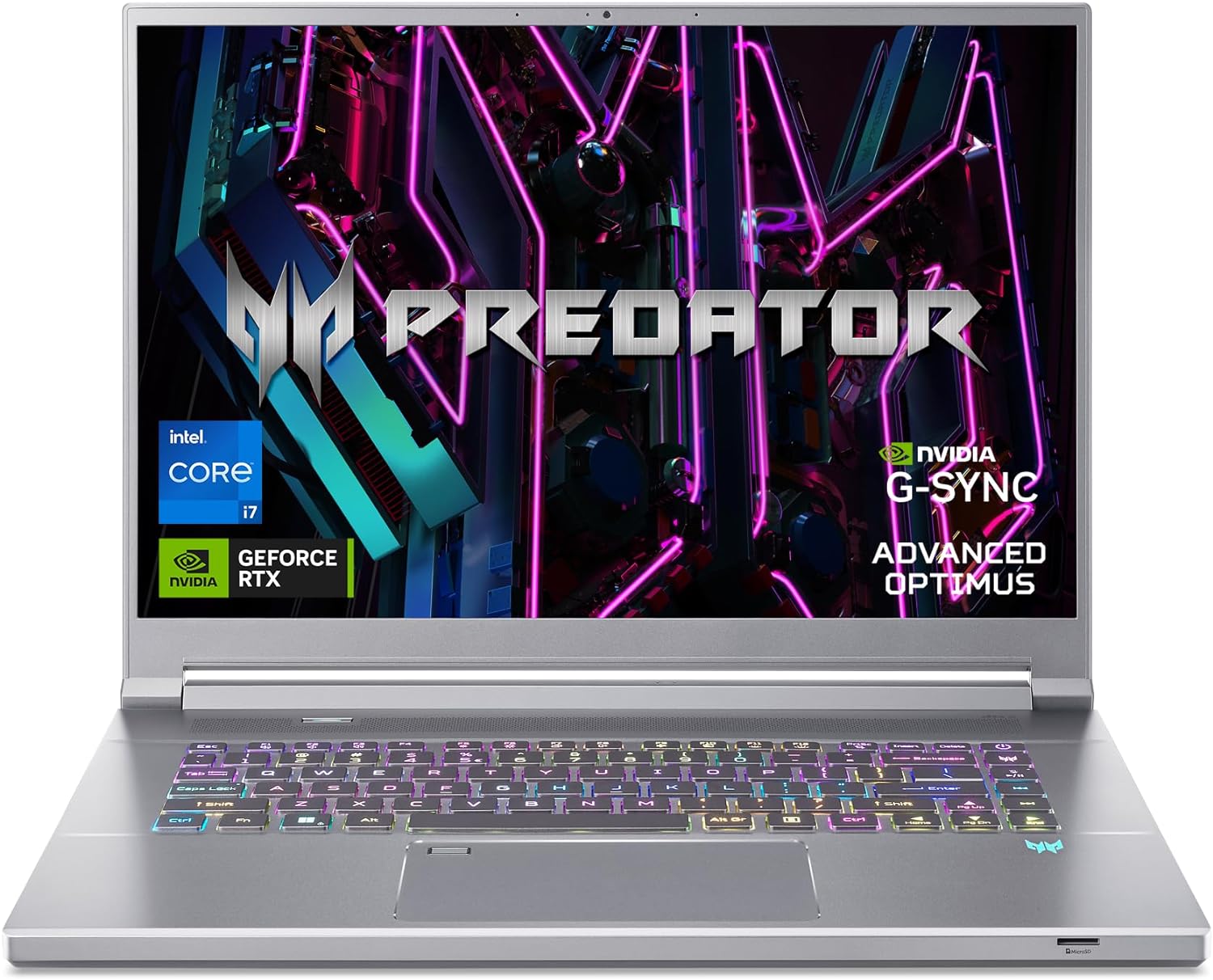
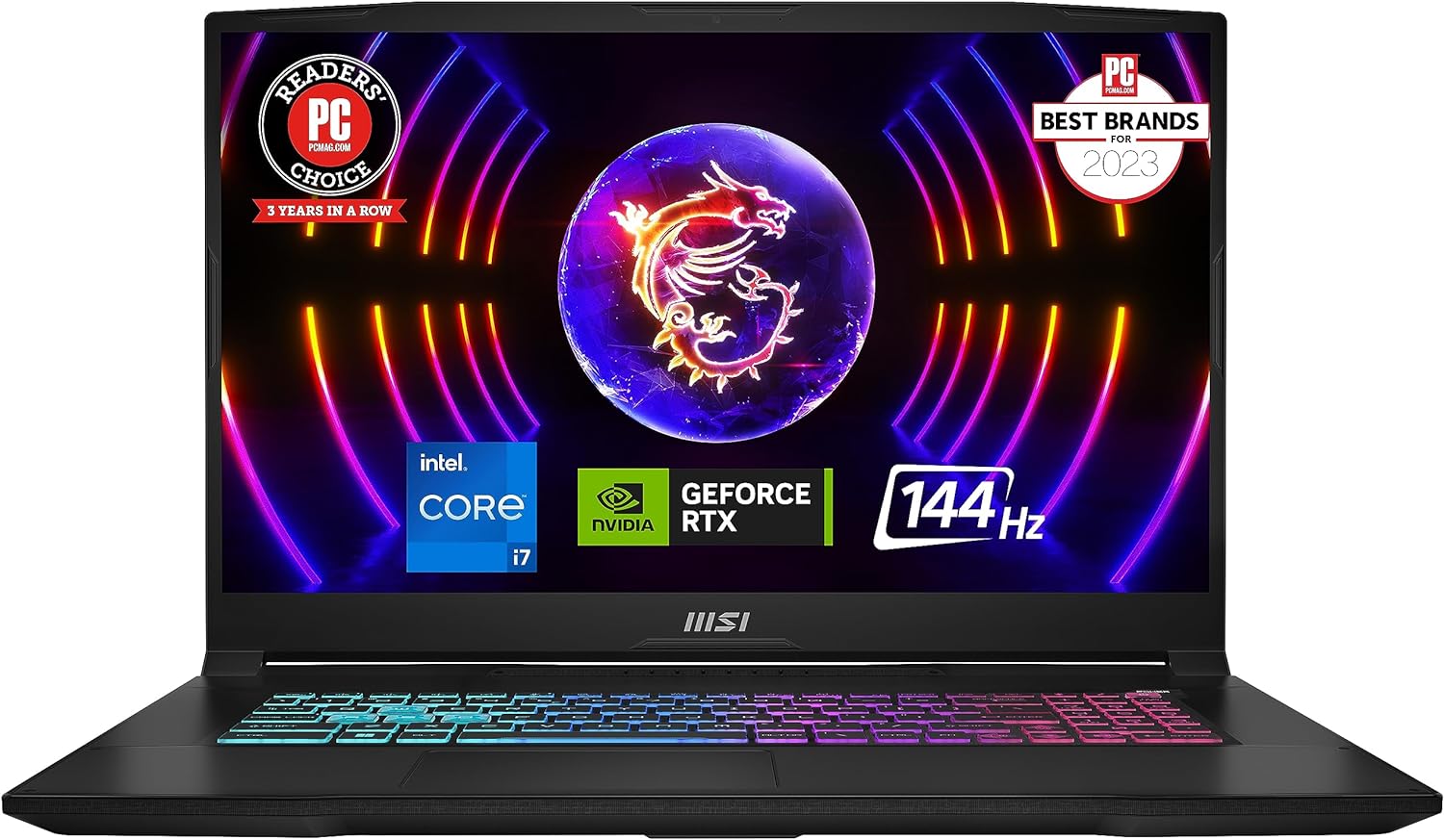
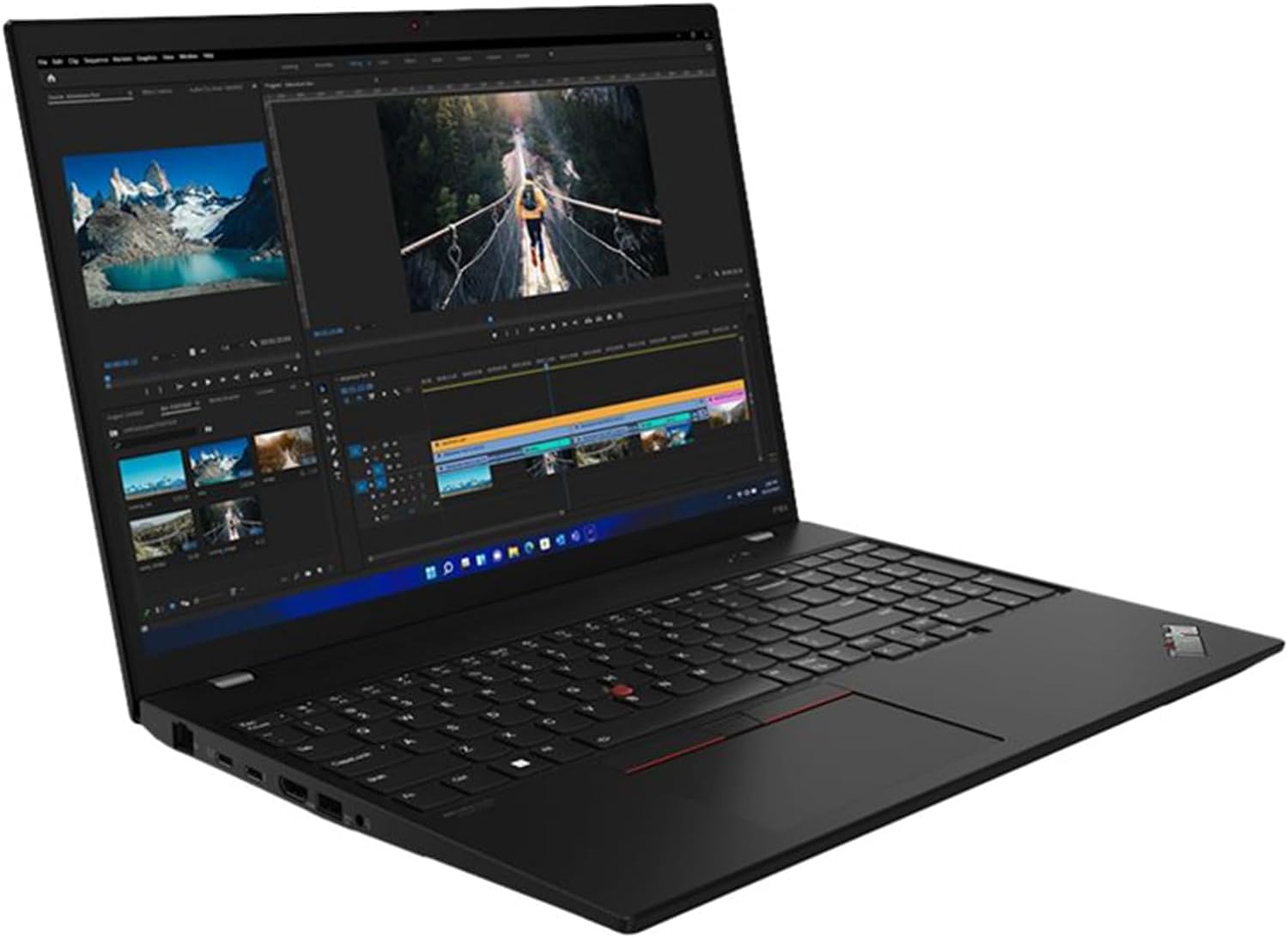
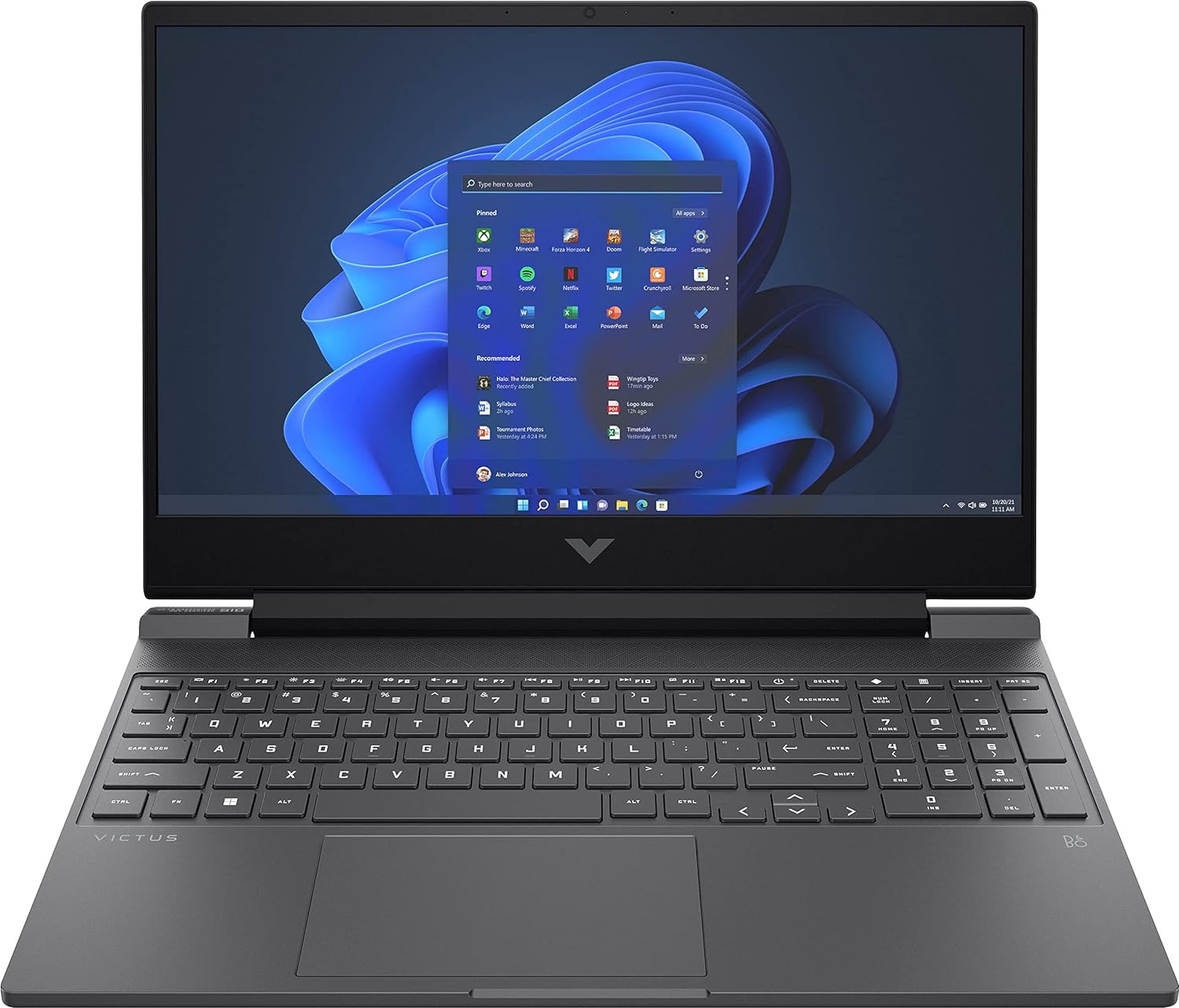
Leave a Reply